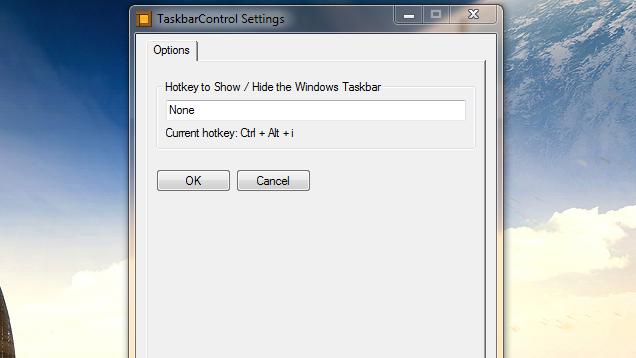Não consegui que o script AutoHotKey da Gray funcionasse para mim no Win 8.1, então fiz um. Coloque isso em um arquivo .ahk
Versão do Windows 8.1:
Run, %SystemRoot%\System32\rundll32.exe shell32.dll`,Options_RunDLL 1
WinWait, Taskbar and Navigation properties,
IfWinNotActive, Taskbar and Navigation properties, , WinActivate, Taskbar and Navigation properties,
WinWaitActive, Taskbar and Navigation properties,
Send, {ALTDOWN}u{ALTUP}{ALTDOWN}a{ALTUP}{ESC}
Exit
Versão do Windows 10 (testada na versão 10.0.17134.523 13/01/2019):
#NoEnv
#Warn ; Enable warnings to assist with detecting common errors.
SendMode Input ; Recommended for new scripts due to its superior speed and reliability.
Run ms-settings:taskbar
WinWait, Settings,
WinWaitActive, Settings, , 3
if ErrorLevel
{
MsgBox, WinWait timed out.
}
CoordMode, Pixel, Client
WinGetPos, X, Y, Width, Height
;OutputDebug, Width Height %Width% %Height%
; Wait for Settings UI to load
Sleep 500
if (Width <= 735)
{
Send {TAB}{TAB}{space}
}
else
{
Send {TAB}{TAB}{TAB}{space}
}
;Close the settings UI
Sleep 150
Send !{F4}
Exit
(Pode ser necessário ajustar as durações do sono se elas não forem longas o suficiente no sistema. Provavelmente, há uma maneira melhor de detectar quando a interface do usuário foi carregada além de dormir, mas não consegui descobrir. controle de caixa de texto na interface do usuário. Tentei detectar um padrão de cores, mas o usuário final tem o controle do esquema de cores.)
